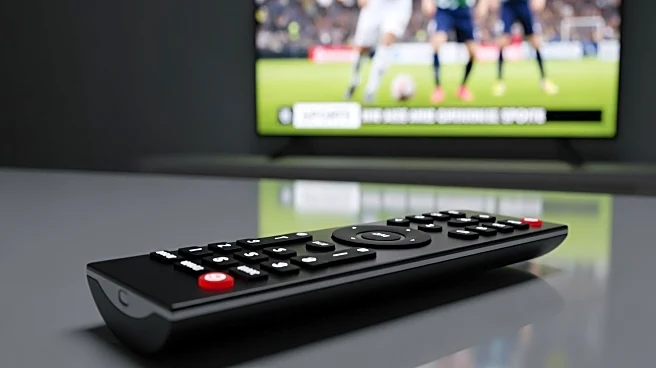What's Happening?
The contract dispute between Disney and YouTube TV has resulted in ESPN and ABC networks being removed from YouTube TV, affecting its estimated 10 million users. This blackout has led to subscribers missing key sports events, including 'Monday Night Football.'
The Athletic reports that negotiations are ongoing, but the parties remain far apart. Disney has faced similar disruptions with other providers in recent years, indicating a pattern of contentious negotiations. Alternatives like DIRECTV and Sling TV are offering deals to attract dissatisfied YouTube TV subscribers.
Why It's Important?
The ongoing dispute highlights the challenges in the streaming industry, where content providers and platforms must navigate complex negotiations. The blackout affects consumer access to popular sports programming, which is a significant draw for YouTube TV. As streaming prices increase, consumers may seek more affordable options, impacting YouTube TV's subscriber base. Disney's stance on fair rates and YouTube's focus on cost implications reflect broader industry tensions that could influence future contract negotiations.
What's Next?
As negotiations continue, YouTube TV subscribers may face further disruptions, prompting more users to cancel subscriptions or seek alternatives. Disney's leverage with major sports events could influence the outcome, but it remains uncertain if subscribers will have access to upcoming games. The resolution of this dispute could impact future negotiations between content providers and streaming platforms, potentially affecting pricing and content availability.
Beyond the Headlines
The dispute underscores the importance of strategic negotiations in the streaming industry. Disney's history of blackout disruptions suggests a need for more effective negotiation strategies to avoid consumer dissatisfaction. The situation highlights the balance of power between content providers and platforms, with implications for pricing and consumer access to content. As streaming services evolve, these dynamics could shape the industry's future.













